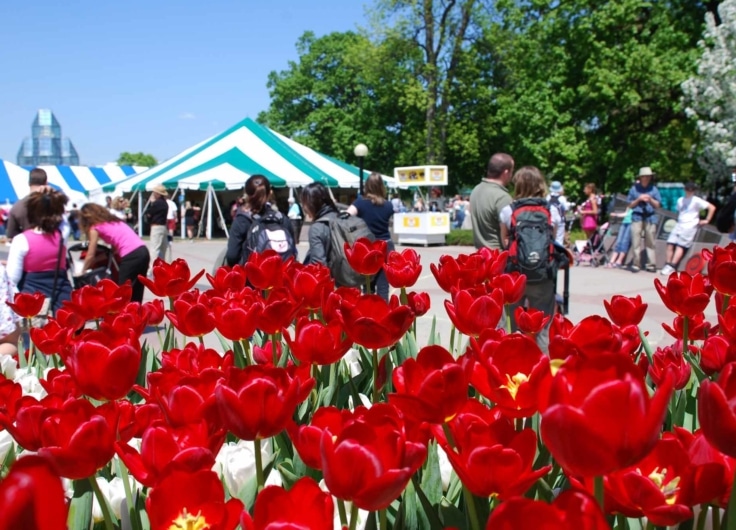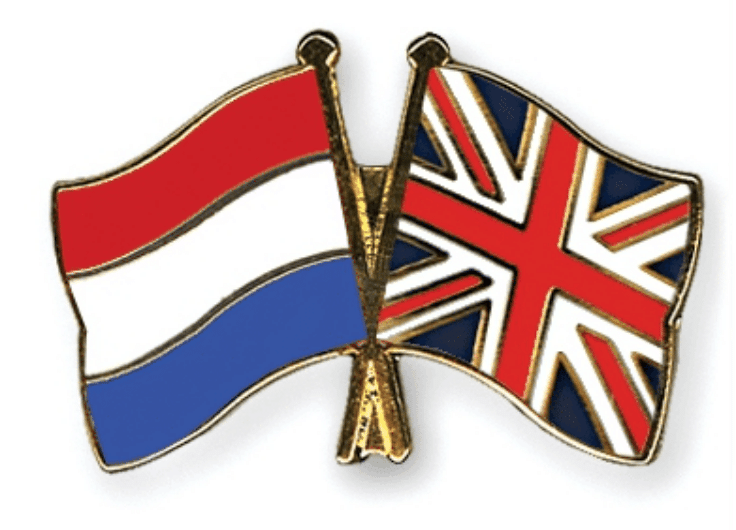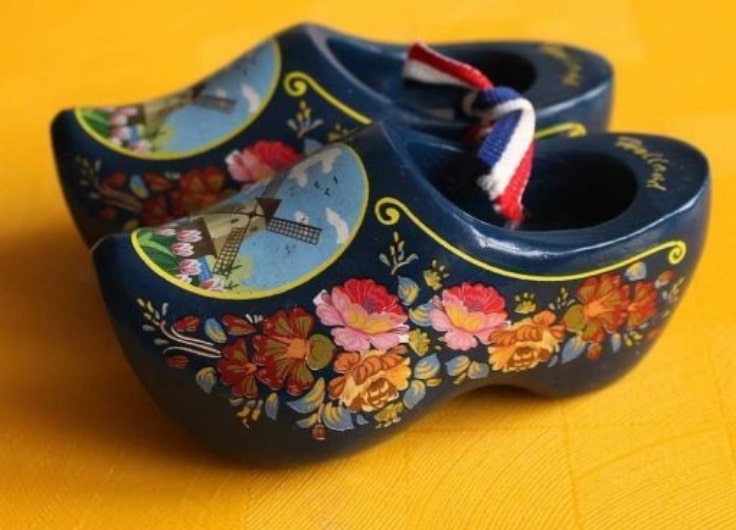Learning Dutch in the Dutch Caribbean is a Big Challenge
Dutch is an official language on Aruba, Curaçao and Sint Maarten as well as on the three islands of the Carribean Netherlands; Bonaire, Sint Eustatius and Saba. So much for the facts, now for the reality. Because it makes quite a difference whether you learn Dutch when your life takes place in the Dutch language area and is surrounded by Dutch, or whether you learn the language outside the language area. This makes the position of the islands of the Dutch Carribean around Dutch special and challenging; within the official Dutch language area, but outside the Dutch-speaking environment.
‘The reality is that the education on the Leeward Antilles (Aruba, Curaçao and Bonaire) is often given by a Papiamento-speaking teacher, to Papiamento-speaking students, but in Dutch and with teaching material from the Netherlands, as if the education takes place in a completely Dutch context’, says Eric Mijts of the University of Aruba. ‘That teaching material is far removed from their world of experience. Teaching assignments for children about a “ranunculus root house”, or about commuting, skating, tulip bulbs and windmills, or about Dutch athletes or historical figures, do not fit in with the child’s environment.’
The teaching material is still aimed at children with Dutch as their mother tongue
‘One has to realise that in doing so, one is putting a child’s full learning potential on hold. The child does not understand you, because as a teacher, you have to focus so much on the linguistic development that is not in line with the experience and didactics that the student needs, that other important issues are forgotten, such as cognitive development. It frustrates and is an obstacle, and therefore does not contribute to the successful development of a child in the classroom’, says Mijts.
Lucretia Leming has to deal with this reality on a daily basis as a teacher at the Bonaire School Community. ‘I give Dutch to young people who hardly use Dutch at home and in their social life. It is not the common language on the island, although we are a special municipality of the Netherlands. But the teaching material is still aimed at children with Dutch as their mother tongue. That does not fit in with the young people.’
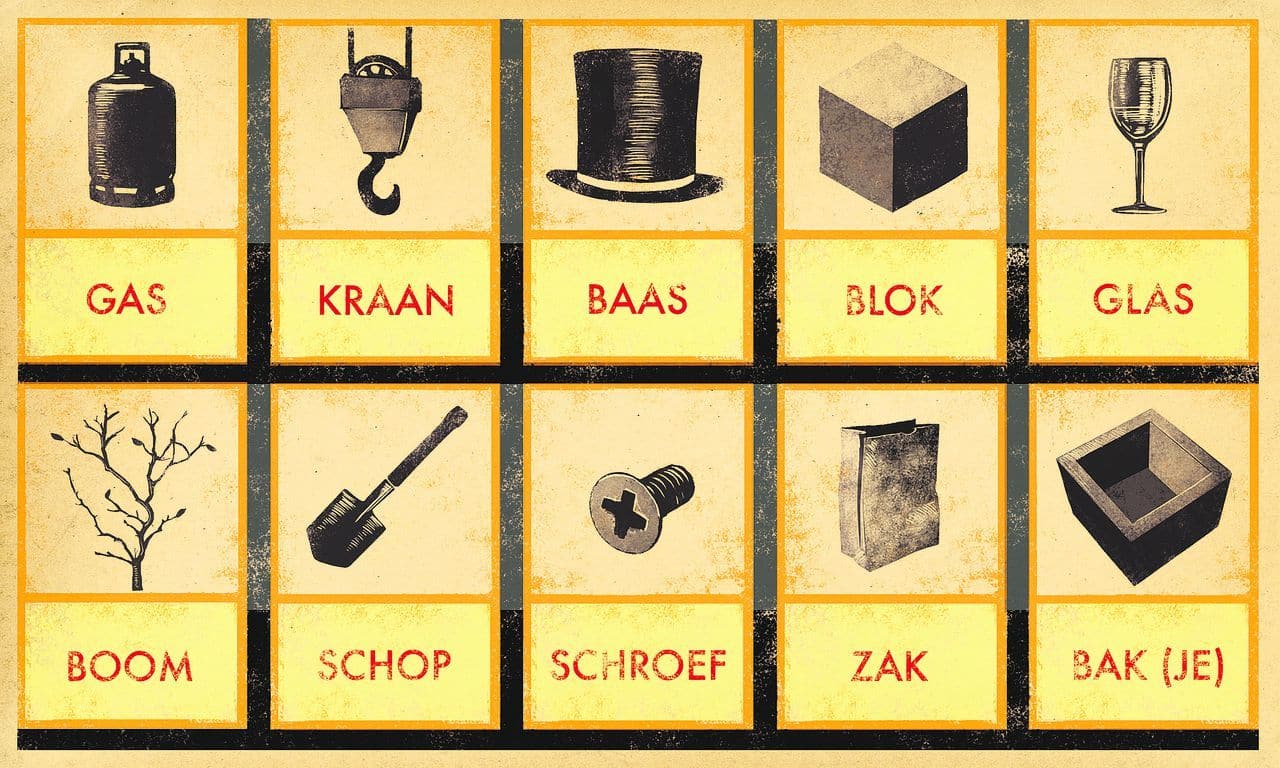
Recognition of reality
It is these and many other examples and visions that made the Ministers of Education of the Dutch Caribbean, the Ministry of Education, Culture and Science and the Language Union decide to sign a joint declaration of intent concerning the education of Dutch as a Foreign Language (DFL). With this the different parties acknowledge the multilingual reality of the islands where in many cases Dutch is not a common language. And that makes special demands on education in and of Dutch.
For a number of years now, there has been a transition from mother-tongue education in Dutch to sustainable, high-quality education in Dutch as a Foreign Language. An approach that is more in line with the experiences of young people and increases their chances on the labour market. Based on the vision that language should not be an obstacle to the child’s development as well as possible.
Positive changes
Eric Mijts: ‘At the moment there are good changes taking place on the islands concerning the education of Dutch. And the fact that the Language Union continues the DFL approach and the Ministry of Education, Culture and Science was present during the signing of the declaration of intent impresses the islands and gives a positive impulse. This approach must continue to bring the Language Union’s attention to the fore.’
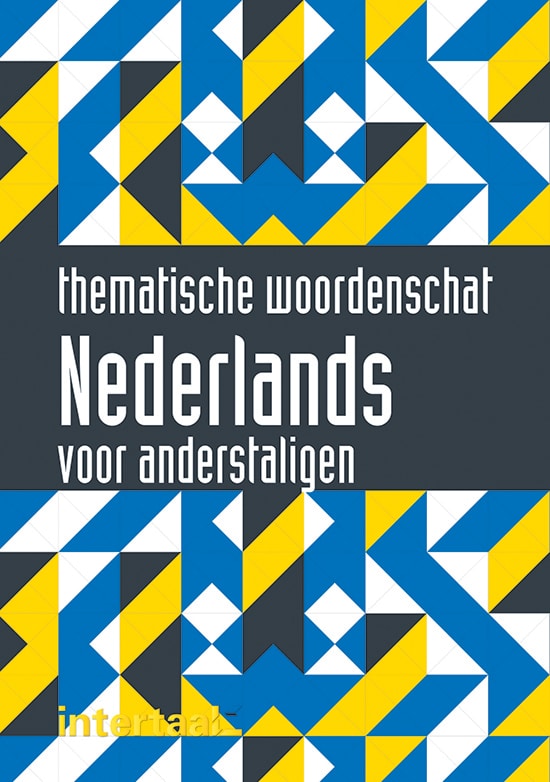
Lucretia Leming also benefits from the DFL approach. ‘Although as a school we have not yet officially switched to teaching Dutch as a foreign language, I always keep the DFL didactics in mind in my lessons. Everything that we as Dutch teachers do to raise the level is welcomed by our management. For example, I followed a teachers’ course at the Language Union around DFL, which enabled me to exchange methods with fellow teachers. In practice, it means that I adapt the material of the mother tongue education where possible to the DFL didactics that are more in tune with the young people. It remains difficult, but you can see with the children that it is a success and that they enjoy it more. With an DFL education you make learning the language easier for a child without violating the level.’
Investing
Eric Mijts: ‘Such a change in the approach to education in Dutch naturally requires investments in teaching materials and the professionalisation and training of instructors in Dutch as a Foreign Language. This may be a barrier for institutions to make the transition, but compare this with all those students who go from the islands to the Netherlands to study in higher education but have to drop out early because the level of their Dutch does not match. In addition, we should not forget that native language education has been offered in the Netherlands for decades, where it is almost a tradition from which people may find it difficult to distance themselves.’
This story was previously published in Dutch on the website of the Dutch Language Union.



